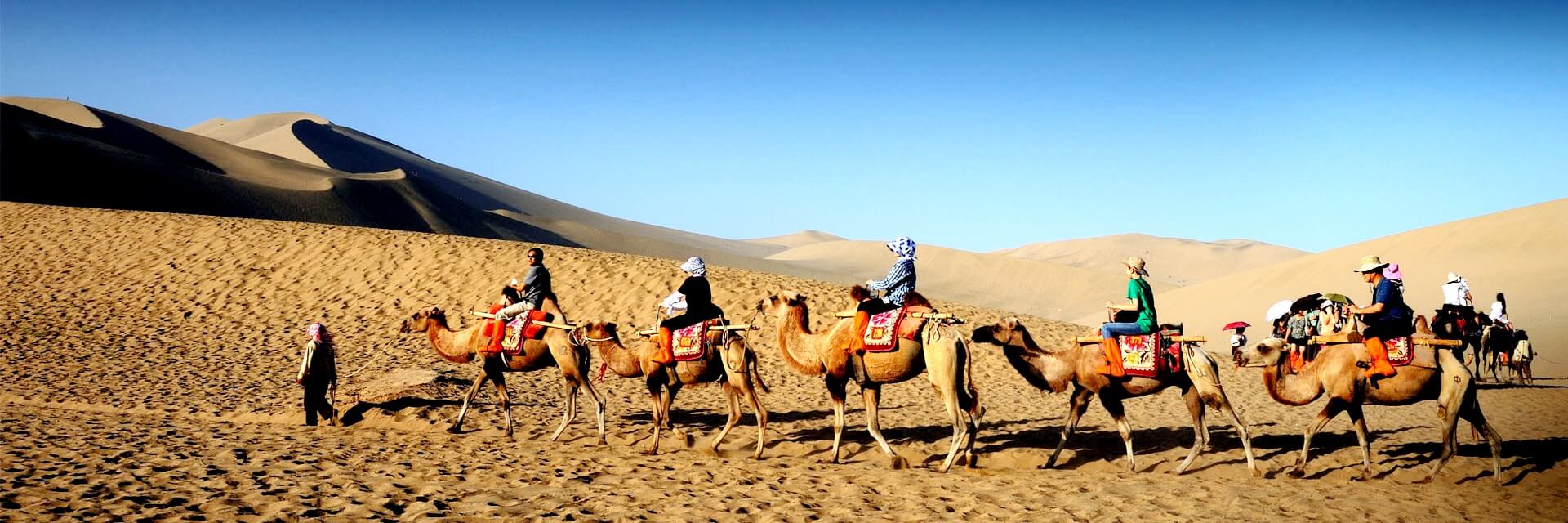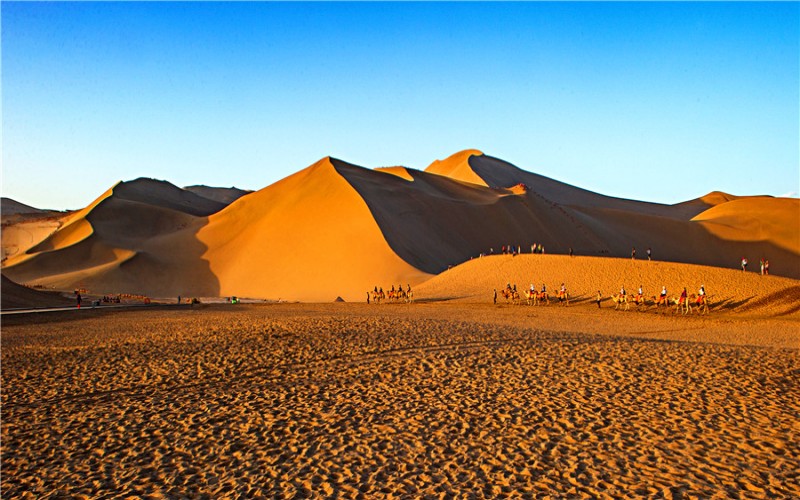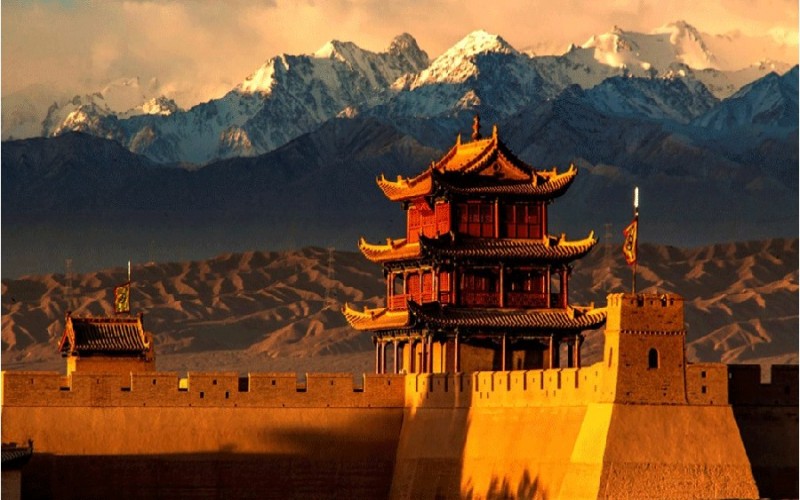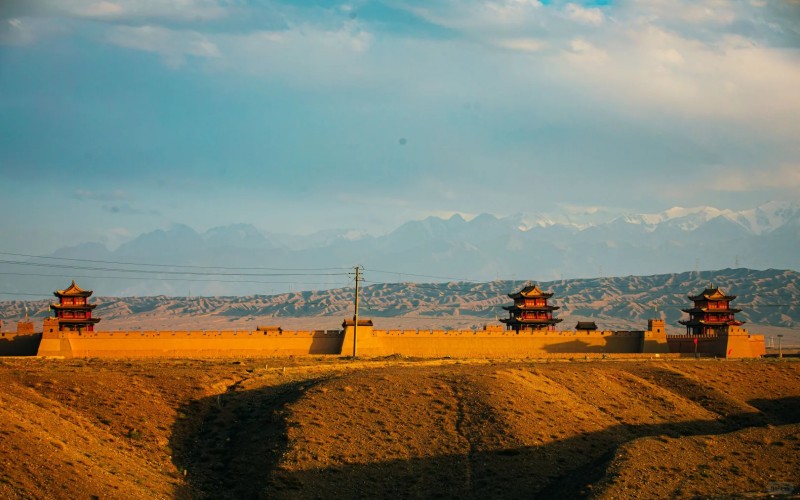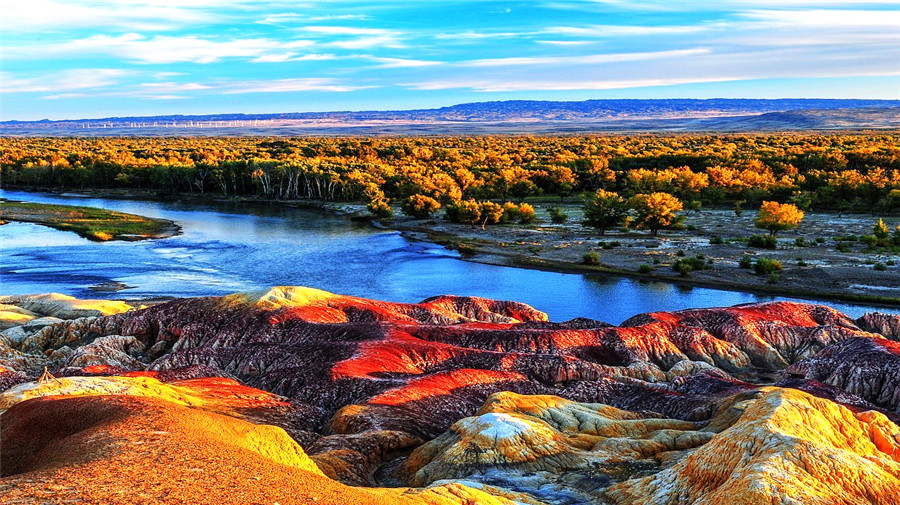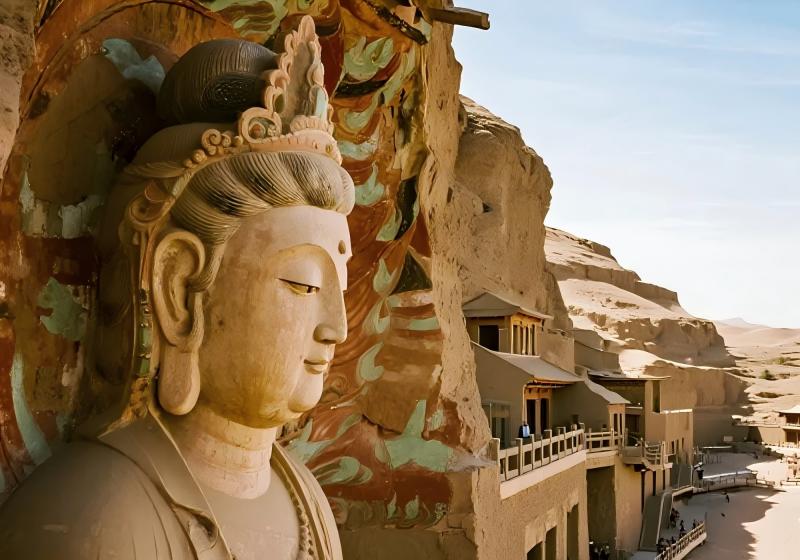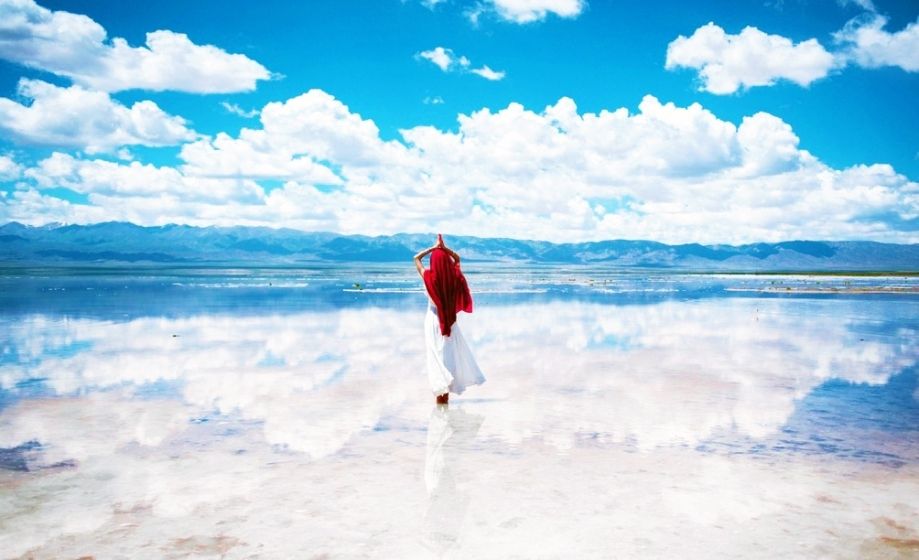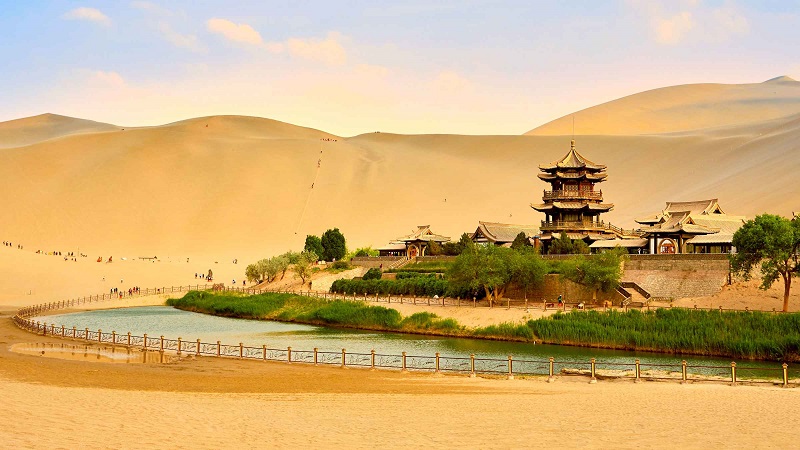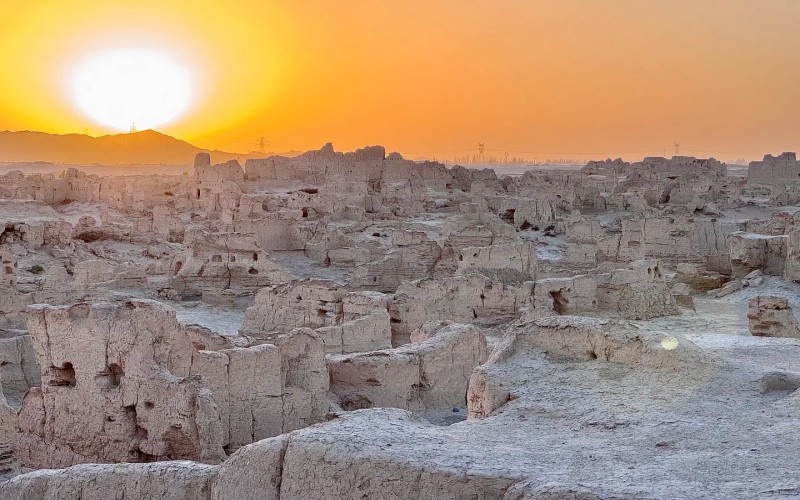
Silk Road Tours's common questions
Here are some common questions about Silk Road Tours, hope it can help you
The most frequented Silk Road route in China runs from Xi’an to Kashgar via Lanzhou, Zhangye and Dunhuang, spanning over 4,000 km; the ideal travel window is mid‑April through mid‑October to avoid extreme temperatures and enjoy local festivals; packing must cover UV protection, layered clothing and navigation tools; accommodation ranges from city hotels to basic homestays in remote towns; transport options include air, high‑speed rail, sleeper trains, long‑distance buses and private vehicles; safety depends on insurance, guides and health precautions; practical tips cover cash vs. mobile payments, bargaining in bazaars and cultural respect; itineraries can be tailored from 4‑day highlights to 2‑week deep dives; and China Dragon Travel offers customizable Silk Road experiences.

What is the most popular Xinjiang Silk Road route in China?
The classic over‑land Silk Road itinerary in China begins in Xi’an (formerly Chang’an), then travels west through Gansu province via Lanzhou and Zhangye before reaching Dunhuang, skirts the northern edge of the Taklimakan Desert, and concludes in Kashgar, Xinjiang. This route covers more than 4,000 km of historical trade paths now connected by modern highways and railways. Along the way, travelers often include side excursions to Jiayuguan Fortress, Qinghai Lake, Turpan oasis and Hotan to deepen their cultural and scenic experience.
When is the best time to visit the Silk Road in China?
Most of the Silk Road corridor lies in a temperate continental climate zone, with very cold winters and hot, dry summers. The optimal travel season runs from mid‑April to mid‑October, when temperatures are moderate and landscapes bloom or turn golden. Spring (April–May) attracts flower‑viewing photographers but may see occasional sandstorms in southern Xinjiang and the Hexi Corridor. Summer (June–August) is peak fruit‑harvest festival season—expect hot days and dry nights. Autumn (September–mid‑October) brings cooler days and golden Populus euphratica in the Tarim Basin, ideal for desert crossings. From November through March, harsh winter cold closes some sites, though ski resorts near Urumqi and Altay welcome winter sports fans.
What should I pack for a Silk Road journey?
You must carry valid travel documents—passport, Chinese visa—and sufficient Chinese yuan in cash, since credit cards are rarely accepted outside major cities. Bring comfortable, breathable hiking shoes and long‑sleeve shirts and trousers to protect against strong UV and rapid temperature swings. Even in summer, desert nights can be chilly, so pack a light down jacket or fleece. Sun protection—including SPF 50+ sunscreen, lip balm, sunglasses, wide‑brim hat and light scarf—is essential in arid zones. A reusable water bottle (1.5 L+) and purification tablets help you stay hydrated in dry, high‑evaporation conditions. Navigation tools (GPS device or compass), first‑aid kit and moisturizer for dry skin complete your packing list.
How should I choose accommodation along Xinjiang Silk Road?
In major hubs—Xi’an, Lanzhou, Xining and Urumqi—you’ll find everything from budget hostels to five‑star hotels. Traditional tourist towns such as Dunhuang, Turpan and Kashgar offer boutique guesthouses and themed inns with local character. In remote villages or small Silk Road towns, accommodations are very basic and may require advance booking and flexible expectations. During peak periods—National Day (October 1–7), Labor Day (May 1–5) and local festivals like Turpan Grape Festival (August) and Populus Euphratica Festival (October)—book at least 2–3 months ahead.
What transportation options are available on Xinjiang Silk Road?
By Air
Air travel connects all major Silk Road cities:
- Xi’an Xianyang (XIY): 80+ domestic routes plus international flights to Tokyo, Seoul, Bangkok and more.
- Lanzhou Zhongchuan (LHW): Direct flights to Urumqi, Dunhuang, Xi’an, Chengdu, Lhasa, Shanghai and others.
- Dunhuang (DNH): Regular services from Beijing, Xi’an, Lanzhou, Chengdu and Urumqi.
- Urumqi Diwobao (URC): 99 domestic and 14 international routes, linking 54 Chinese cities and 27 foreign destinations.
- Kashgar (KHG): Daily Urumqi shuttle; limited other flights.
By Train
China’s bullet‑train network serves Xi’an–Lanzhou and Lanzhou–Urumqi routes, while overnight sleeper trains connect Dunhuang, Turpan and Kashgar for cost‑conscious travelers. Major rail hubs include Xi’an, Lanzhou West, Xining West, Urumqi South and Kashgar stations.
By Road
Long‑distance buses link cities and scenic towns across Gansu, Qinghai and Xinjiang. For greater flexibility, rent a car or van with a licensed local driver—private group vans via a reliable agency ensure safety on remote roads. Self‑drive is possible but not recommended in winter when roads freeze and visibility drops.
What safety measures should travelers take on the Silk Road?
Comprehensive travel insurance covering medical emergencies, evacuation and adventure activities is non‑negotiable. Deep‑desert crossings and mountain treks require experienced guides; solo travel in remote stretches is risky. Health precautions include drinking only bottled or purified water, packing altitude sickness medication, and carrying a basic first‑aid kit.
What practical tips should travelers know about money, shopping, and culture?
Most vendors accept Alipay and WeChat Pay, but rural toll booths, bazaars and small eateries may require cash—carry sufficient CNY. Bargaining is customary in markets; start offers at 50–60 percent of the asking price and agree before handing over any deposit. In Muslim‑majority areas, respect local customs: avoid pork, alcohol and photography in religious sites, and dress modestly.
How can I plan my Silk Road itinerary based on travel duration?
- 4–5 days: Quick loop Xi’an → Luoyang or Dunhuang, ideal for first‑timers with limited time.
- 6 days: Hexi Corridor highlights—Zhangye, Jiayuguan, Dunhuang—showcase the essence of the Silk Road.
- 7–8 days: Add Qinghai Lake or Xinjiang side‑trips (Turpan, Urumqi) for varied landscapes.
- 10–15 days: Full classic route Xi’an → Hexi Corridor → Turpan → Urumqi → Kashgar; consider detours to Qinghai or Ningxia.
- >15 days: Extend into Tibet (Lhasa, Shigatse, Mt. Everest Base Camp) or Central Asian countries for a multi‑country Silk Road odyssey.
How can China Dragon Travel assist with my Silk Road trip?
China Dragon Travel offers fully customizable Silk Road packages with English‑speaking licensed guides, private vehicles, curated accommodations and seamless transfers. Our local expertise ensures safe desert crossings, authentic cultural encounters at bazaars and festivals, and flexible itineraries tailored to your interests and budget. Contact us to create your perfect Silk Road adventure—focus on memories while we handle every detail.



